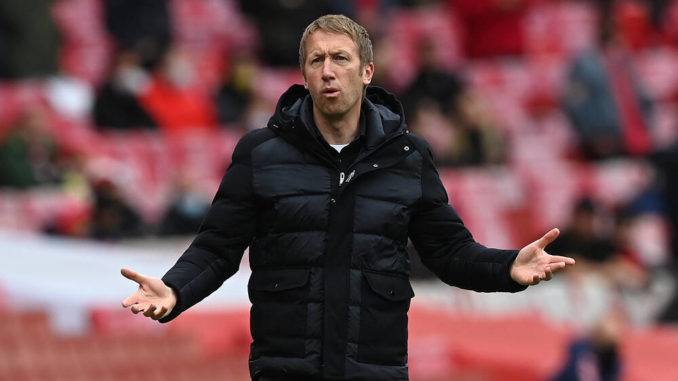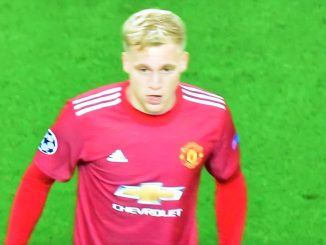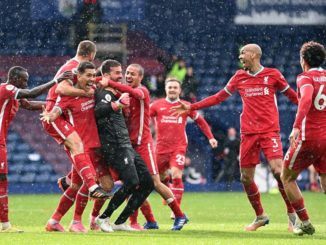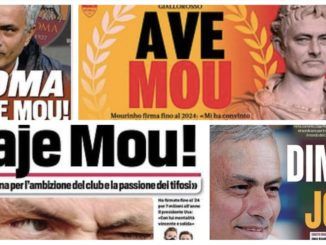
At the time of writing, Brighton and Hove Albion are sitting comfortably in sixth place after six Premier League match days. Under Graham Potter, the Seagulls have experienced a complete upturn in their fortunes, with the English manager bringing unique and unconventional coaching tactics from his time at Swedish outfit Östersund.
Out of a possible 18, Brighton have accumulated 13 points so far, putting them at par with Manchester City‘s current point tally. They have only lost one game so far, winning a whopping four and drawing one. To understand how amazing Brighton have been in this campaign, we just need to look at the fact that they managed to rack up a paltry nine wins last season.
While things have improved massively from last season, it pales in comparison to their status twenty years earlier. Languishing in the fourth tier of English football, Brighton were on the brink of extinction in the 1996-97 season.
To top-flight clubs, relegation would definitely be a major setback, staining their rich history with the humiliating mark of submission. However, for low-level clubs that generate just a fraction of the revenue that their counterparts have, relegation to a lower league can signal oblivion.
In the 90s, Brighton were in a similar predicament. The club were struggling at the bottom of the fourth tier and were just one game away from losing everything. Their final match of the 1996-97 season against Hereford United was basically a decider as to which club would live to fight one more day and which one could cease to exist.
In addition to their poor on-field results, lack of funding and poor leadership portrayed by a couple of investors had left the club in a financial abyss. Due to the absence of interest from the major stakeholders and their sheer disregard of the fans’ suffering, Brighton were forced to vacate their home, the Goldstone Ground.
Bill Archer and Greg Stanley were practically the owners of the club but only saw the club as a cash cow. They inexplicably used the club’s stadium as a collateral asset, subject to a sale to the highest bidder. Their antics nearly drove the esteemed club into the ground.
The Seagulls owe their existence to their persistent fans who never stopped rallying behind their beloved club, even in the darkest of hours. They arranged campaigns and protests to show their support, even establishing a fundraiser to On top of that, Hereford United’s dwindling form meant that Brighton had at least one more team between them and non-league football.
A roaring crowd in the final games at the Goldstone Ground helped Brighton secure massive wins over Doncaster Rovers and Hartlepool. Finally, on the final day of the season, Brighton successfully managed to avoid relegation from Division Three at the expense of Hereford United.
The trio of Archer, Stanley and their right-hand man David Bellotti was finally axed from the club, thanks to the intervention of local businessman Dick Knight. Brighton managed to soar up the leagues in the subsequent seasons and are now Premier League regulars because of Graham Potter’s brilliance.
The tale of Brighton’s survival and Hereford United’s prolonged misery goes on to show how unpredictable this beautiful game can be. The recent success of the Seagulls is living proof of the fact: “Anything can happen in football.”


